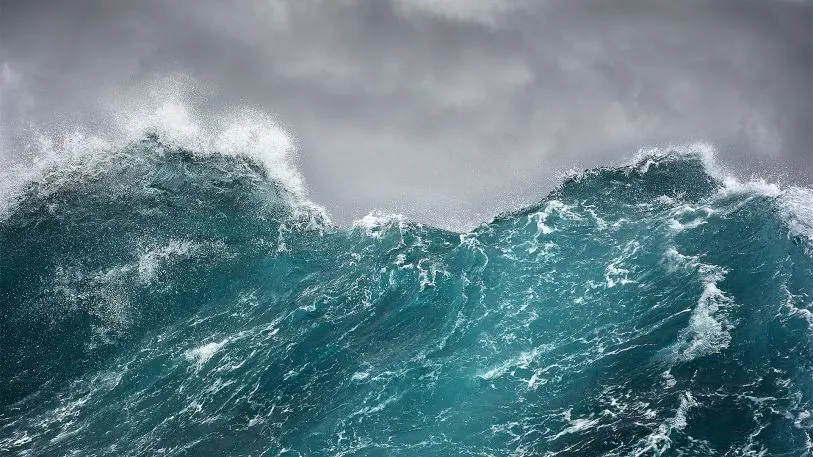As shifting to renewable energy has become ever more imperative in the face of the indelible link between coal and fossil fuels and climate change, wind power has run into a bit of an image problem. Solar, with its ability to scale to both large farm installations and residential rooftops, has attracted the bulk of Silicon Valley buzz. Wind turbines, on the other hand, are less adaptable; they’re seen as a necessity in the renewable landscape, but a large and cumbersome one.
But advances in offshore developments are reigniting interest in wind energy’s potential. That trend, combined with collaboration from Tesla, is gearing up to make Revolution Wind Farm–an offshore project proposed for 12 miles off the coast of Martha’s Vineyard in Massachusetts–a development that signals a significant turning point for wind energy.
On July 31, Deepwater Wind–the company behind both a 90 MW project proposed for 30 miles off the coast of Montauk and the 30 MW Block Island Wind Farm near Rhode Island, the U.S.’s first successful offshore venture–announced plans for Revolution Wind Farm. The 144 MW project would generate enough energy to power 80,000 homes, and attach to a 40 megawatt-hour battery storage system provided by Tesla.

Offshore wind may be mainstream in Europe, where pressure from the European Union to move away from fossil fuels and toward renewables sparked an offshore boom that began in 2011 and has helped bring the share of wind energy in Europe’s energy portfolio up to 12% from 2% just six years ago (one out of every three wind turbines installed in Europe now is offshore; in 2011, it was just around 5%). In the U.S., however, high costs, regulatory hurdles, and objections from those who have paid a hefty sum for their seaside views and would rather them not be interrupted by rows of turbines, have hindered a similar boom.
But both Massachusetts and New York have implemented aggressive renewable energy portfolio standards that set steep goals for switching to renewable sources–New York Governor Andrew Cuomo has mandated that 50% of the state’s energy come from renewables by 2030, and Massachusetts legislators are agitating for 100% renewable by 2035–driving more investment in alternative energy sources. For small coastal states like Massachusetts, with little land to devote to massive onshore wind farms, offshore developments are just common sense.
The buy-in of Tesla both lends further appeal to the project, and also tackles the longstanding problem of renewable energy storage. One of the biggest questions in switching to clean energy is how to ensure the supply remains constant. Without viable storage, solar power is ineffective at night, and wind is useless on a still day. Linking the generating mechanism to large batteries would solve that problem, but so far, batteries have mostly been connected just to solar panels. Tesla has developed batteries to facilitate both residential and large-scale energy storage (the Tesla PowerPack, for instance, is composed of 16 pods and measures around 7 feet tall), but Revolution Wind will be Elon Musk’s first foray into wind-energy storage.
Because the project has yet to be approved by the state of Massachusetts, Tesla declined to comment. But should it get a green light and begin operations in 2023, Deepwater claims Revolution Wind will help the state accomplish two things. Firstly, the addition of battery storage will even out the reliability of the energy, eliminating the need to construct other generating facilities to fill the gaps in wind energy supply. And secondly, showing proof-of-concept with this relatively small, battery connected offshore development will pave the way for larger projects to take off–which will eventually drive down manufacturing and implementation costs.
Recognize your brand’s excellence by applying to this year’s Brands That Matter Awards before the early-rate deadline, May 3.
